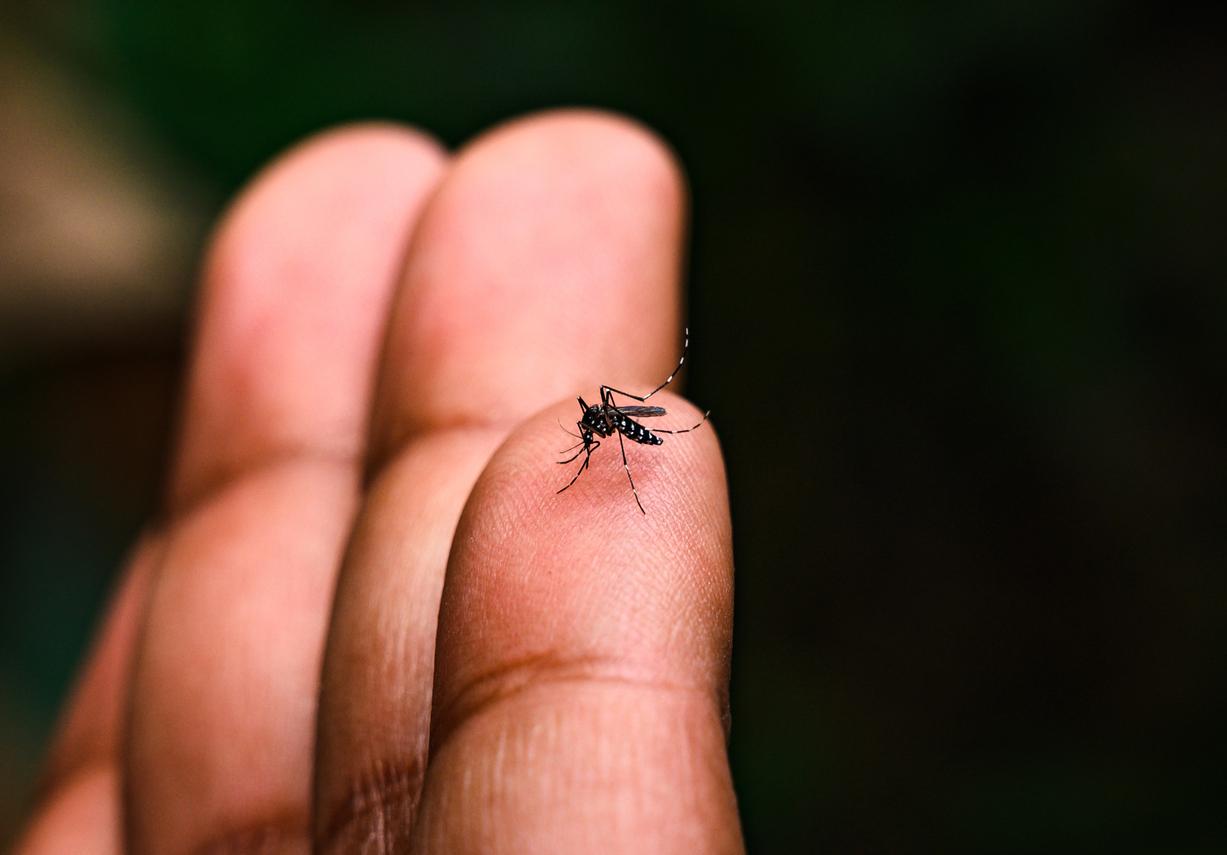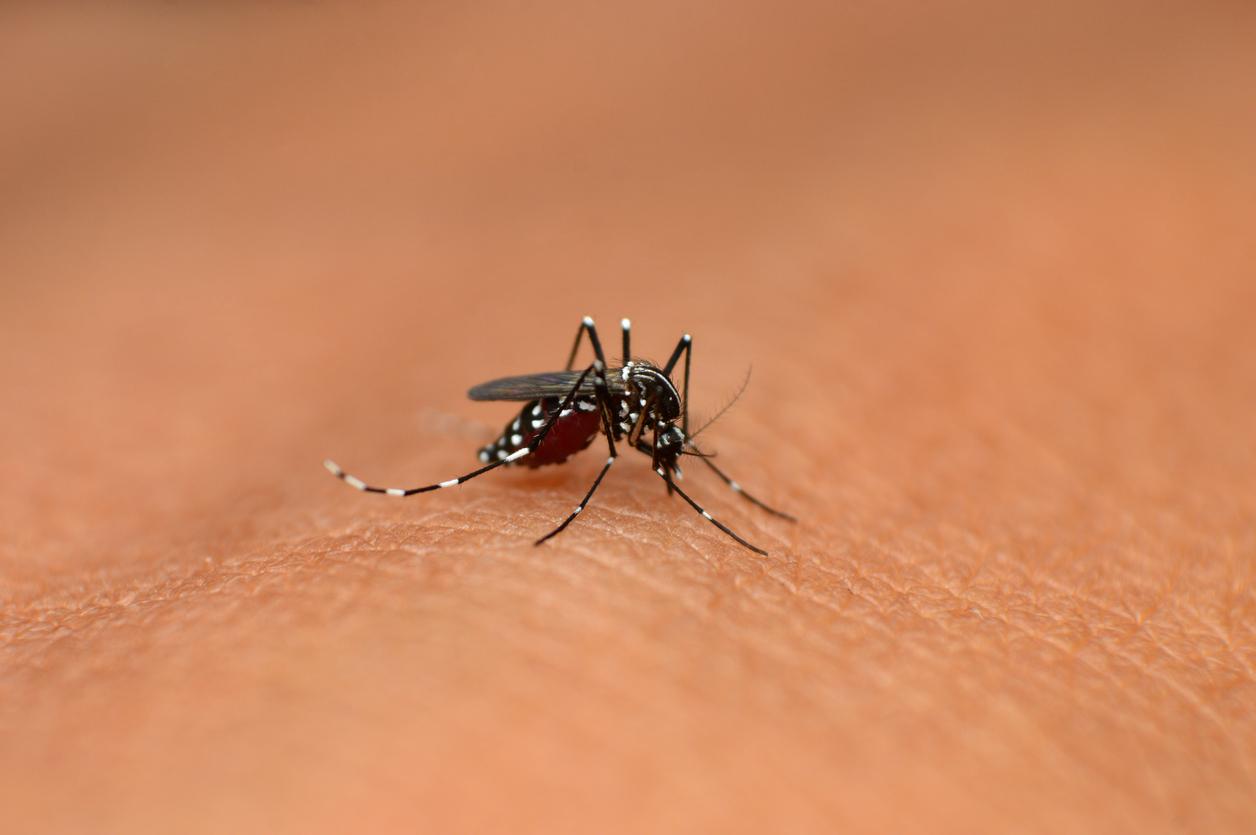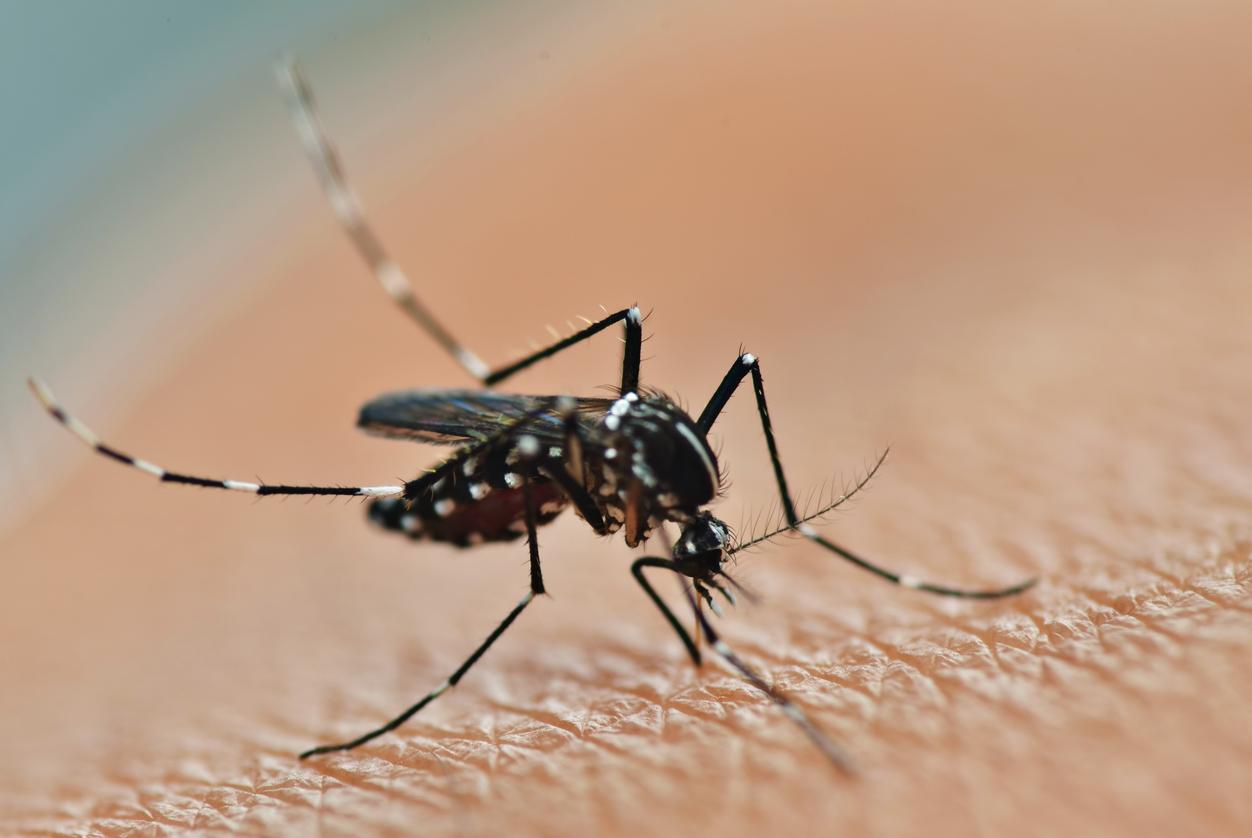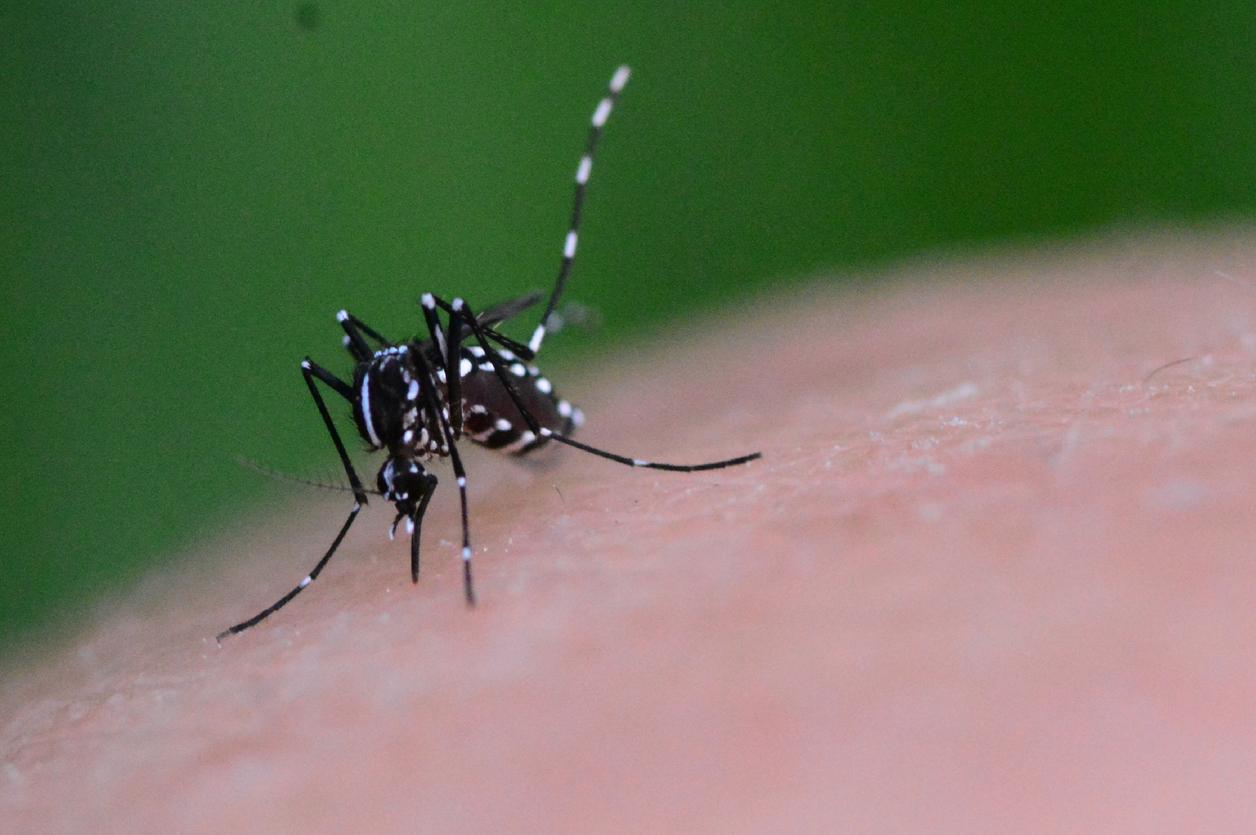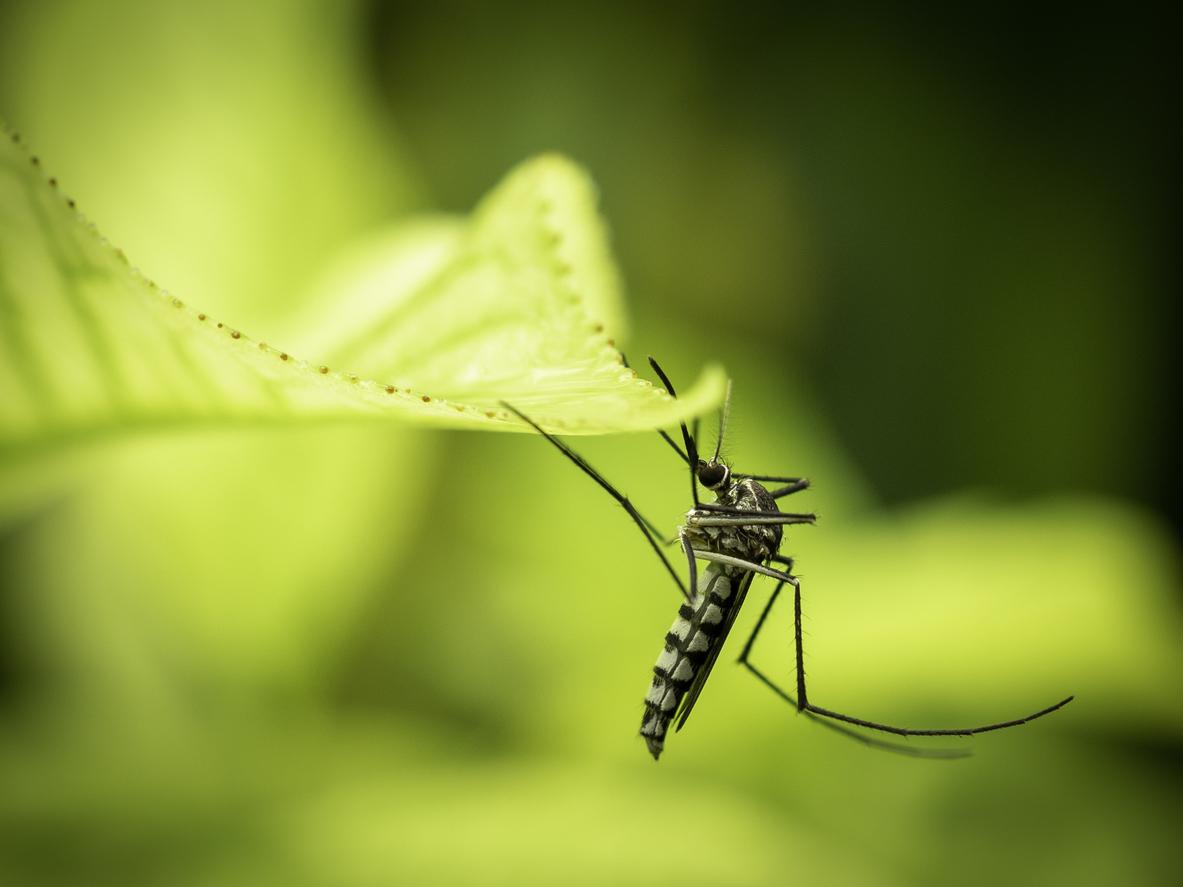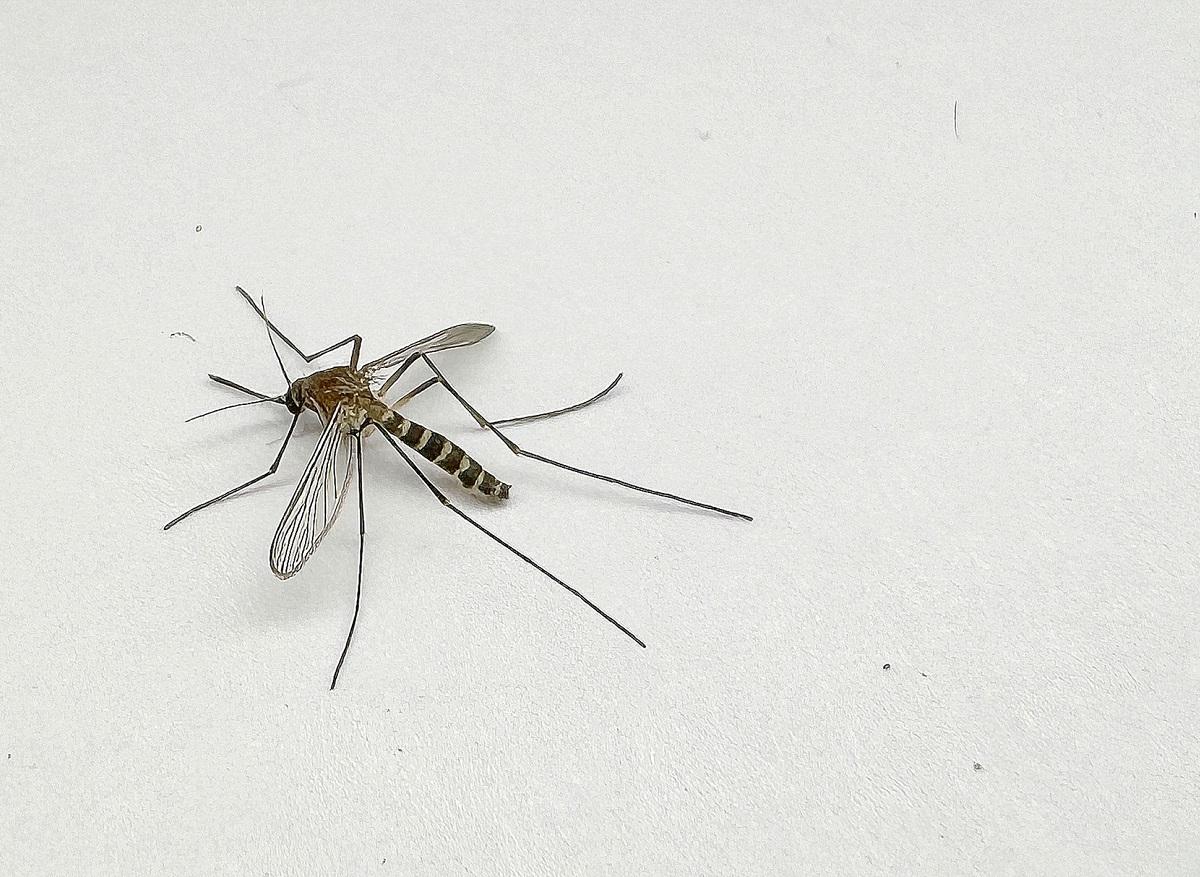The tiger mosquito continues to colonize the French departments: 42 are placed in red vigilance and 18 in yellow vigilance.

“Its ability to be a ‘vector’ of chikungunya, dengue or zika, makes it a priority surveillance target for health authorities and their partners during its period of activity in metropolitan France from May 1 to November 30.” The Ministry of Health announced the strengthening of surveillance of the tiger mosquito in France, both to slow its progression and “limit the risk of importation and circulation of viruses of which it can be the vector in metropolitan France”.
According to the specialized site Vigilance Mosquitoes, “the progress of the tiger mosquito this year has been spectacular with 9 new departments colonized and placed in red vigilance”: the Hauts de Seine, the Aisne, the Hautes Alpes, the Hautes Pyrénées, the Ariège, Lozère, Indre, Maine-et-Loire and Corrèze. Although less sunny, Ile-de-France is also concerned:he Val de Marne as well as the Hauts de Seine are in red vigilance and in addition to Paris, 4 departments are in orange vigilance: Val d’Oise, Seine et Marne, Essonne, Seine-Saint-Denis, where the tiger mosquito has been intercepted over the past 5 years.
In total, 96 departments are concerned: 42 are in red vigilance, 18 in orange vigilance and 34 in yellow vigilance. Vigilance-Mosquitoes observes that in the vast majority of cases, the departments in orange change to red vigilance over the following years. “They therefore require special citizen vigilance, especially since they do not benefit from the entire system provided for by the anti-dissemination plan” provided for in the departments placed in red vigilance.

Why are we so wary of the tiger mosquito?
The tiger mosquito is the vector of several diseases such as Zika, dengue fever and chikungunya. It becomes infected by biting a sick traveler, carries the virus and transmits it secondarily to non-immune people during a next bite. Thus, an autochthonous transmission cycle is generated and can be at the origin of one or more epidemic foci. In France, 11 indigenous cases of dengue were reported in Hérault in 2014, 7 indigenous cases of dengue in Gard in 2015 and 17 indigenous cases of chikungunya in Var in 2017. In 2007, a person with chikungunya landed in Italy in June. In early July, the first indigenous case was declared and 300 other cases were identified in the north of the country after a month and a half.
What is chikungunya?
Chikungunya is a viral disease also transmitted by the bite of a tiger mosquito. The name “chikungunya” comes from a verb in the Kimakonde language which means “to become crooked” in reference to the hunched appearance of those who suffer from joint pain. Indeed, theChikungunya is characterized by the sudden onset of fever, often accompanied by joint pain (often debilitating, but usually disappears after a few days or weeks).
Myalgia, headache, nausea, fatigue and rash have also been observed. Most patients recover well, but in some cases, joint pain persists for several months or even years. But let’s be honest, this remains theoretical in mainland France and the risks are extremely low for the moment.
Dengue, or “tropical flu”
Dengue, also called “tropical flu”, is a tropical hemorrhagic fever linked to an arbovirus, transmitted by the bite of a female tiger mosquito only. The World Health Organization (WHO) estimates the number of annual cases in the world at 50 million, including 500,000 cases of “hemorrhagic” dengue, ie which are fatal in more than 2.5% of cases. . Dengue is initially present in the tropics and subtropics of the world.
Symptoms appear 3 to 14 days (on average 4 to 7 days) after the infective bite. A flu syndrome is then observed affecting infants, young children and adults. There is no specific treatment. While dengue hemorrhagic fever is a life-threatening complication, early clinical diagnosis and prompt clinical management often save lives.
As the Health Organization (WHO) points out, “more than 70% of the disease burden attributable to this disease is found in Southeast Asia and the Western Pacific. In Latin America and the Caribbean, Both the incidence and severity of the disease have increased rapidly in recent years. Africa and the eastern Mediterranean have also experienced more epidemic outbreaks in the past decade. ” Lately, pAlmost 1,300 cases of dengue have been confirmed in the north, west and south of Réunion since January 1, 2018.
.







